What is otitis media?
Otitis media refers to inflammation of the middle ear. When infection occurs, the condition is called “acute otitis media.” Acute otitis media occurs when a cold, allergy, or upper respiratory infection, and the presence of bacteria or viruses lead to the accumulation of pus and mucus behind the eardrum, blocking the Eustachian tube. This causes earache and swelling.
When fluid forms in the middle ear, the condition is known as “otitis media with effusion.” This occurs in a recovering ear infection or when one is about to occur. Fluid can remain in the ear for weeks to many months. When a discharge from the ear persists or repeatedly returns, this is sometimes called chronic middle ear infection. Fluid can remain in the ear up to three weeks following the infection. If not treated, chronic ear infections have potentially serious consequences such as temporary or permanent hearing loss.
How does otitis media affect a child’s hearing?
All children with middle ear infection or fluid have some degree of hearing loss. The average hearing loss in ears with fluid is 24 decibels…equivalent to wearing ear plugs. (Twenty-four decibels is about the level of the very softest of whispers.) Thicker fluid can cause much more loss, up to 45 decibels (the range of conversational speech).
Your child may have hearing loss if he or she is unable to understand certain words and speaks louder than normal. Essentially, a child experiencing hearing loss from middle ear infections will hear muffled sounds and misunderstand speech rather than incur a complete hearing loss. Even so, the consequences can be significant – the young patient could permanently lose the ability to consistently understand speech in a noisy environment (such as a classroom) leading to a delay in learning important speech and language skills.
Types of hearing loss
Conductive hearing loss is a form of hearing impairment due to a lesion in the external auditory canal or middle ear. This form of hearing loss is usually temporary and found in those ages 40 or younger. Untreated chronic ear infections can lead to conductive hearing loss; draining the infected middle ear drum will usually return hearing to normal.
The other form of hearing loss is sensorineural hearing loss, hearing loss due to a lesion of the auditory division of the 8th cranial nerve or the inner ear. Historically, this condition is most prevalent in middle age and older patients; however, extended exposure to loud music can lead to sensorineural hearing loss in adolescents.
When should a hearing test be performed?
A hearing test should be performed for children who have frequent ear infections, hearing loss that lasts more than six weeks, or fluid in the middle ear for more than three months. There are a wide range of medical devices now available to test a child’s hearing, Eustachian tube function, and reliability of the ear drum. They include the otoscopy, tympanometer, and audiometer.
Do children lose their hearing for reasons other than chronic otitis media?
Children can incur temporary hearing loss for other reasons than chronic middle ear infection and Eustachian tube dysfunction. They include:
- Cerumen impaction (compressed earwax)
- Otitis externa: Inflammation of the external auditory canal, also called “swimmer’s ear.”
- Cholesteatoma: A mass of horn shaped squamous cell epithelium and cholesterol in the middle ear, usually resulting from chronic otitis media.
- Otosclerosis: This is a disease of the otic capsule (bony labyrinth) in the ear, which is more prevalent in adults and characterized by formation of soft, vascular bone leading to progressive conductive hearing loss. It occurs due to fixation of the stapes (bones in the ear). Sensorineural hearing loss may result because of involvement of the cochlear duct.
- Trauma: A trauma to the ear or head may cause temporary or permanent hearing loss.
